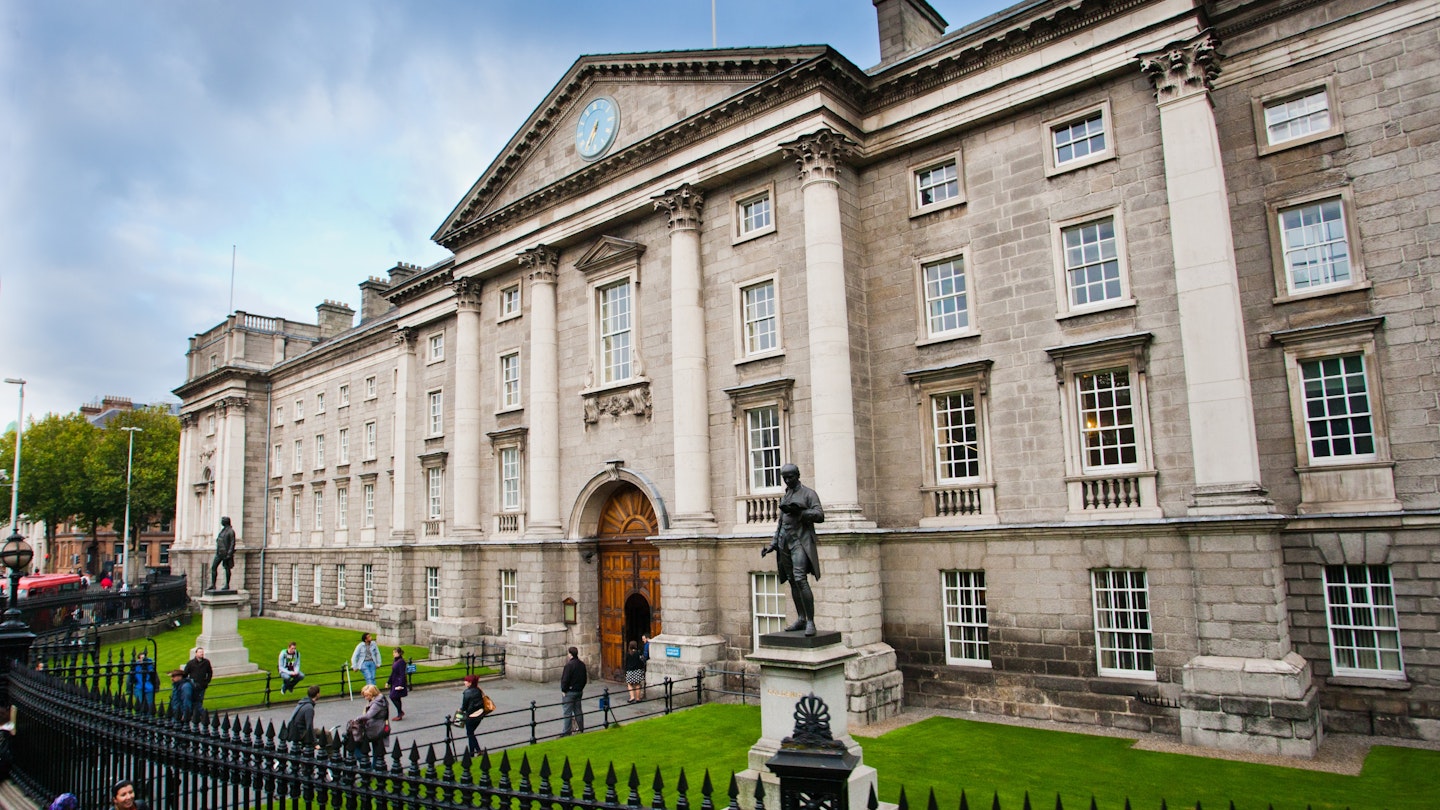Trinity College Dublin Plants Wildflower Meadows to Support Biodiversity
An iconic university in the heart of has begun planting wildflower meadows to replace the manicured lawns at the front of its entrance building. This initiative is part of Trinity College’s response to Ireland’s biodiversity crisis and commitment to the All-Ireland Pollinator Plan.

is Ireland’s most prestigious university dating back to 1592 and is renowned for its architectural beauty and lush landscaping. As a major visitor attraction, it is home to the famous . The decision to plant wildflower meadows around the campus was made after thousands of students, staff, and members of the public voted for a more nature-friendly alternative. A significant reason for this decision is that lawn-mowing and ground preparation can disrupt insects that feed and nest in the soil.

Wildflowers are vital for supporting biodiversity as they provide habitats for native insects and food for pollinators in Dublin’s city center. Consequently, Trinity College has converted substantial areas of its campus into wildflower havens, thereby offering more space for various insect species to rest, live, and feed. The introduction of wildflower meadows will further diversify the range of plant species available for pollinators, thus representing a pioneering effort in Ireland to integrate wildflower spaces within formal settings. The selected wildflowers will comprise a mix of annuals and perennials, potentially supplemented with bulbs and rhizomatous plants.

The primary goal is for flowering to occur over a prolonged period. Thus, the meadows will bloom from spring to autumn and will remain untouched during the winter months, when pollinating insects, such as butterflies, hoverflies, and bees, are inactive. “The new wildflower areas will bloom in one of the most prominent locations in Dublin, which is traversed by thousands of people daily,” says Professor John Parnell, chair of Trinity’s grounds and gardens committee. “The green space outside our iconic Front Gate may seem a bit less tidy than before, but it will be more vibrant and serve as a constant reminder of what nature should look like, accentuating the increasingly crucial role we all share in protecting our environment.”




